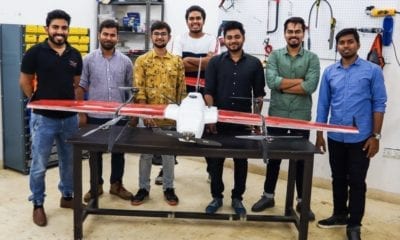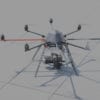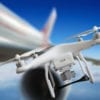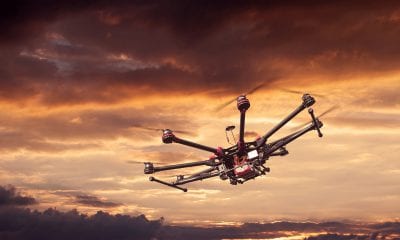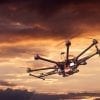
News
Drone Users in India Rejoice Digital Sky
Drone users in India can rejoice, the new drone flight guidelines are finally in place.
Announced in August this year, India’s new guidelines for remotely piloted aircraft or drones, became effective from 1st December. The guidelines are aimed to help foster technology and innovation in the development of drones.
Civil Aviation Ministry announced that it has established a registration procedure for drone operators in the country accessible at a portal called ‘Digital Sky’. Under these norms, drone users will be required to complete one-time registration of their drones pilots and owners on the portal.
“Happy to announce that we are launching the Online Registration Portal for #Drone Flying Permission, #DigitalSky from TODAY. The platform is now live,” tweeted the Civil Aviation Minister Suresh Prabhu.
Happy to announce that we are launching the Online Registration Portal for #Drone Flying Permission, #DigitalSky from TODAY. The platform is now LIVE at https://t.co/35nWXNCVJ5#NewIndia #TransformingIndia
— Suresh Prabhu (@sureshpprabhu) December 1, 2018
The Civil Aviation ministry issued formal release which clarified that ‘nano drones’ (under 250 grams) can start flying legally from 1st Dec. According to their statement the digital platform has begun accepting registrations of users, and payments for Unmanned Aerial Operator’s Permit (UAOP) and Unique Identification Numbers (UIN) will be accepted through the Bharat Kosh portal (bharatkosh.gov.in).
The ministry also said that a prerequisite to get the permission to fly, RPAS (remotely piloted aerial system) their drone operators or remote pilots will have to file a flight plan.
Specifications in the new policy
- Nano drones weighing less than 250 grams need not be registered.
- Micro drones, between 250 grams to 2 kg weight, small drones between 2 and 25 kg weight, and the medium drones weighing up to 150 kg, and the large drones-over 150 kgweight, all need to be registered before flight.
- Operators flying larger than Micro drones, over 200 feet will also require to get a permit.
The ministry said also gave directives about the flying zones that drones can access. The airspace has been categorised in three different zones:
- Red Zone: Flying not permitted
- Yellow Zone: Controlled airspace — permission required before flying
- Green Zone: Uncontrolled airspace — automatic permission
Additionally specific regions around the country that have been marked as ‘No Drone Zones’, for example areas around airports, those near the international border, Vijay Chowk in New Delhi, State Secretariat Complex in state capitals and what the ministry called “strategic locations/vital and military installations”.
Presently drones are allowed to operate within visual line of sight, during daytime only, and up to a maximum altitude of 400 feet. Any drone without a digital permit will not be able to take off.
“Drones are an industry of the future. India will be taking lead in this sector and will be working with countries around the world to develop common, scaleable standards. This industry has a large potential for Make in India and also to export drones and services from India,” Prabhu was quoted as saying in the release.
The Drone 2.0 framework for RPAS is expected to include regulatory architecture for autonomous flying, delivery via drones and beyond visual line of sight (BVLOS) flights, the ministry added in the release.
More information here.
How useful was this post?
Click on a star to rate it!
Average rating 0 / 5. Vote count: 0
No votes so far! Be the first to rate this post.
We are sorry that this post was not useful for you!
Let us improve this post!
Tell us how we can improve this post?

